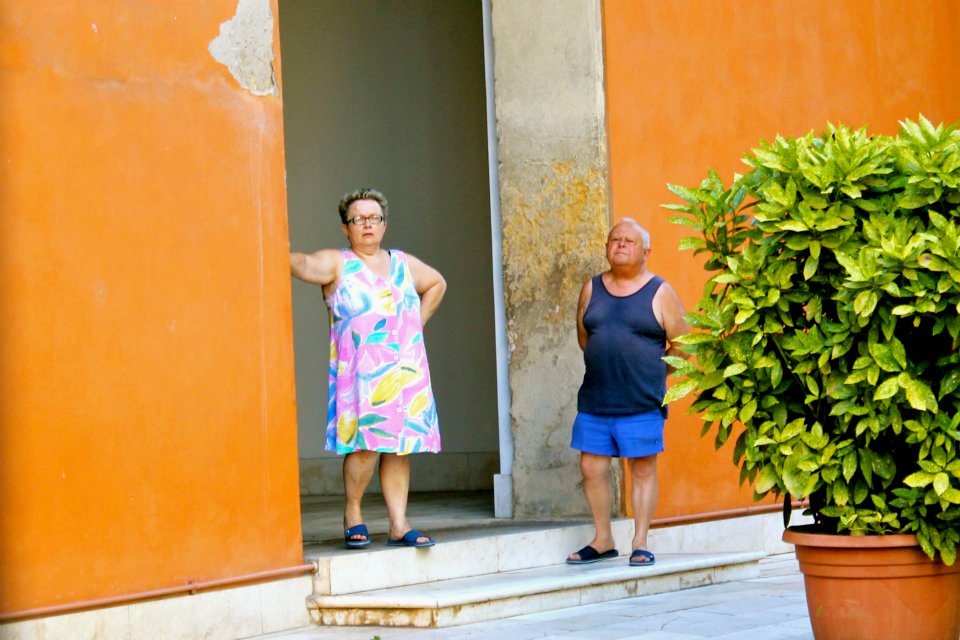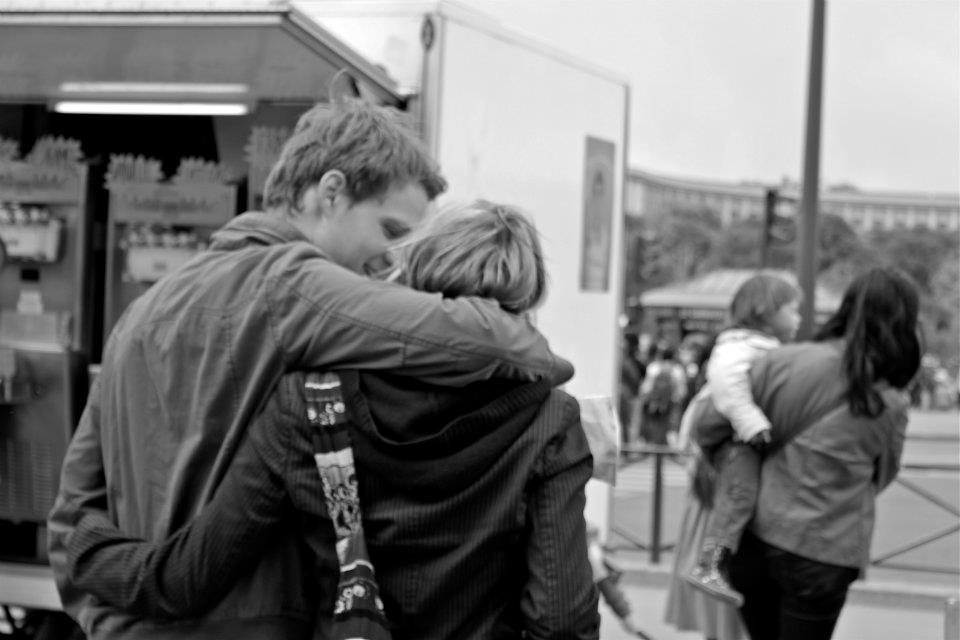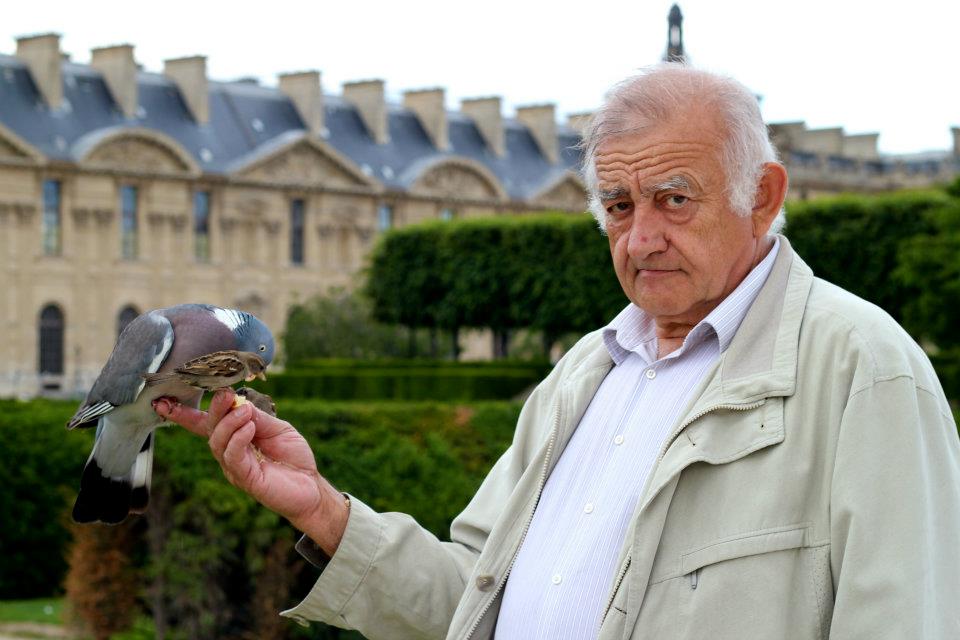Allison Draper, Photographer: Capturing Culture
 Junior Allison Draper summed up her photography philosophy: “I like to think of it as capturing the culture, capturing the beat, the pulse of a place."
Junior Allison Draper summed up her photography philosophy: “I like to think of it as capturing the culture, capturing the beat, the pulse of a place."
And Draper has had plenty of opportunities to do so. Practically born with a camera in her hand (“my mom used to buy me disposable cameras”) and with an intrinsic love for travel, she has captured many cultural scenes.
In fact, traveling was all the Orange County, California native knew growing up. She would tag along on her dad’s business trips, using that disposable camera. In seventh grade, she went to Italy for an exchange program, lived with an Italian family and “realized the culture around [her].” When Draper took pictures of the landmarks, she included people in the shots.
On a trip to China, she took pictures of kids playing chess in the park and people in the temple rather than the temple itself.
“I didn’t realize you could take artsy or abstract photos,” Draper said, until she starting taking an intensive art program at the California Conservatory of the Arts. “That was when I got into [that genre] more.”
But attending Pratt Institute in Brooklyn made Draper realize abstract and “artsy-fartsy” wasn’t really her thing. “It was all art for art’s sake,” she said. “All these hipsters denying commercialism, like, look at my blurry picture of an apple, it’s beautiful, it’s organic." Draper rolled her eyes.
And while she may not love all genres of art, Draper insists that even if she doesn’t prefer them, all art forms can be appreciated.
“I love film but you can’t shoot film all the time," Draper said. "Nobody shoots film in the real world. Oh that’s nice, but you actually have to grow up and get a job."
At Pratt, Draper found that her old-Hollywood, commercialized shots weren’t exactly accepted. "My view on art was different than a lot of people's I encountered at Pratt," she said. "No one wanted to make money from their work." Draper found her foundational goals to be incompatible with theirs.
Instead, Draper prefers showing a place without being blatant about where or what it us. “I like when you can take a street photo of New York City and you know it's New York City even though there isn’t a yellow cab in it,” she explained.
At Pratt, she began branching out from photography in her artistic endeavors. Though she does not believe one can “become” an artist, one can definitely improve by formal training.
“I could barely draw a stick figure [when I started]," she said. “Pratt helped me with the technical stuff.”
Draper also realized that a degree in photography bound her to the field of photography. She transferred to King’s to pursue broader studies, while staying in the city and being a part of an art-centered culture.
This past summer, Draper interned for a small university in Paris where she worked as an assistant and photographer for the school. “I would just document things,” she remembered. She shot whatever they needed: pictures of the faultily or classrooms, of Paris, the school, students interacting and landmarks. She traveled Barcelona to photograph an event for the school and a few other European cities including Helsinki and London.
Draper’s style is reminiscent of old movies and romanticized travel. But Draper does not create these moments; she simply perceives them, she said, realizing their worth and simplicity. She added that a good picture taken with film is so much more rewarding than one taken with a digital camera.
French street photographer Robert Doisneau influences Draper, along with Annie Leibovitz and Brian Bowen Smith.
Draper has a particular fondness for the photos she took this past summer. She had hours and hours to wander around Paris; one of her favorites from the trip is a film shot of a man making balloon animals in the gardens of Tuileries. She was about to snap the photo when he turned to look at her.
“It was the perfect picture,” she said.




